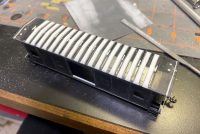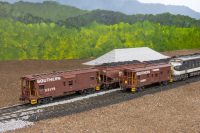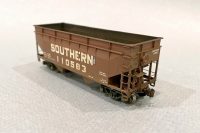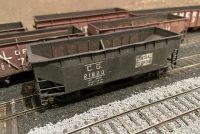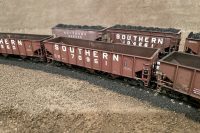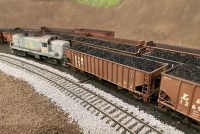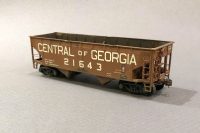Kitbashing an HO Southern 1960s Bay Window Caboose – Part 4
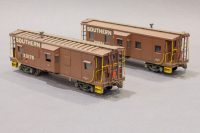
In Part 3, we completed the ends and final details, and now the models are finally ready for some paint!
Body Paint
- Prep the pieces. I got my pieces ready for the paint booth by removing the underbody, attaching the metal weight from the Athearn kit, removing the wheels from the trucks, and attaching the truck side frames to the underbody.
- Prime with black. I like to prime with flat black because I like the way it tends to “pre weather” the lighter colors that go on next. I find black primer prevents “toylike” color no matter what’s sprayed on top of it. For this coat, I used Tamiya flat black thinned about 1:1 with 91% isopropyl … Read more





